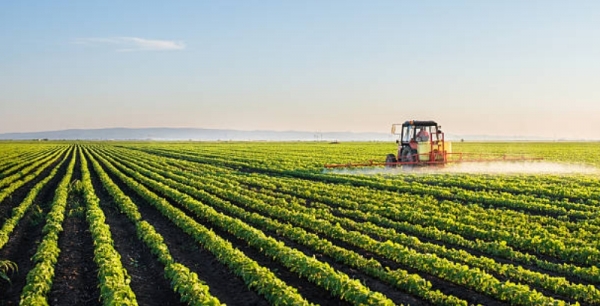On 4 November, the Lviv Regional State Administration hosted a meeting with representatives of the EU project “Continued Support for the Alignment of Ukrainian Legislation, Policies and Institutions with EU Requirements in the Field of Agriculture and Rural Development” (IPRSA 2).
According to Liudmyla Honcharenko, Head of the Department of Agricultural Development at the Lviv Regional State Administration, it is extremely important to identify priority areas, tasks, and effective ways to create conditions for the development of a competitive agricultural sector on the path to European integration.
She stressed that the directions of agricultural development in Lviv Oblast were approved in the Lviv Oblast Development Strategy for 2021-2027. Thus, according to the Lviv Region Strategy, further capacity building in agriculture should be based on
– deepening the processing of agricultural raw materials;
– development of family farming, which provides an opportunity to create new jobs, improve the welfare and living standards of the rural population and develop rural areas;
– increasing the efficiency of the use of available resources of the region’s farms through the introduction of intensive innovative resource-saving technologies, deepening the specialisation of production, improving the structure of sown areas, and building storage facilities.
“Having analysed the draft National Strategy, we understand that the strategic goals and directions of agricultural development in Lviv region are reflected in the draft Agriculture Strategy of Ukraine, which means that we are working towards the same goal.
In particular, Lviv region is one of the regions working on the implementation of the Agricultural Knowledge and Innovation Transfer System (AKIS), implementing food safety and quality requirements, as well as traceability processes,” said Liudmyla Honcharenko.
Lviv region is also actively working to support small and medium-sized businesses in the agricultural sector. Last year, the regional budget allocated UAH 45.1 million. This year, UAH 5.2 million was allocated to support agricultural businesses through concessional lending, reducing the cost of seeds and compensation of interest on financial leasing agreements (veterans have priority in receiving funds). Priority areas of support for the agricultural sector in Lviv region for 2025 were developed.
The meeting was attended by representatives of the EU project: Jan Fan Tuine and Tetiana Zhyber discussed the drafts of the new Strategy for the Development of Agriculture and Rural Areas of Ukraine for 2024-2030 and the Action Plan for 2025-2027. The participants of the working meeting had the opportunity to submit their proposals to them, taking into account regional specifics.
“Small farms need development support provided at all levels: national, regional and international. This support includes specific action plans for regional development, which are reflected in the Strategy for Agriculture and Rural Development until 2030. The experience and potential of the Lviv region is a great advantage for the implementation of the Action Plan for this Strategy,” summed up EU project expert Yann Fang Tuine.
The IPRSA (Institutional and Policy Reform for Smallholder Agriculture) project supports the Ministry of Agrarian Policy in formulating and implementing the Strategy and its related Government Action Plans in the field of agricultural development and rural development until 2030.
The Rural Development Strategy 2024-2030 has seven objectives:
– Strengthening institutional capacity
– Production of high quality, safe and nutritious food and food security
– Sustainable and competitive agricultural sector, fair and stable income
– Rational use of land, demining, and functioning of the land market.
– Climate change mitigation and adaptation
– Modernisation: innovation, digitalisation, food industry, knowledge
– Promoting rural development.

